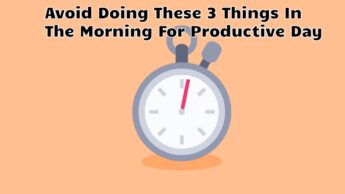Earthing, also understood as grounding, lets people connect their bodies directly to the Earth and use the Earth’s natural electric charges to balance them. This practice entails walking barefoot outside or using grounding equipment indoors when sleeping or sitting. Although earthing can have a positive impact on the mind, this type of grounding is not the same as the practice used in mental health treatment. Earthing studies indicate a reduction in pain, stress, and inflammation, as well as an improvement in overall mental well-being. This technique restores the body’s connection to the earth’s electrical currents.
How to Perform Earthing
There are multiple ways to reconnect with the soil in your daily life, with the goal of restoring your body’s natural defense system.
Here are some ways to practice earthing:
Take a stroll:
Explore methods to link your bare feet to the ground by walking on grass, sand, or dirt. Keep an eye out for sharp items and pay attention to the feel of the ground beneath your feet.
Play in the mud:
Dig a hole in the ground and rub the soil between your fingers. You can immediately connect to the energy in the ground by growing a garden in your yard or on your windowsill if you live in an apartment.
Ground yourself indoors:
When stepping outside isn’t an option, grounding mats can replace the direct connection you’d experience by walking barefoot outside. Grounding mats replicate the physical connectivity of a nature walk by bringing Earth’s electrical currents into the house or office.
Also Read: 5 Iced Tea Flavours To Try At Least Once





